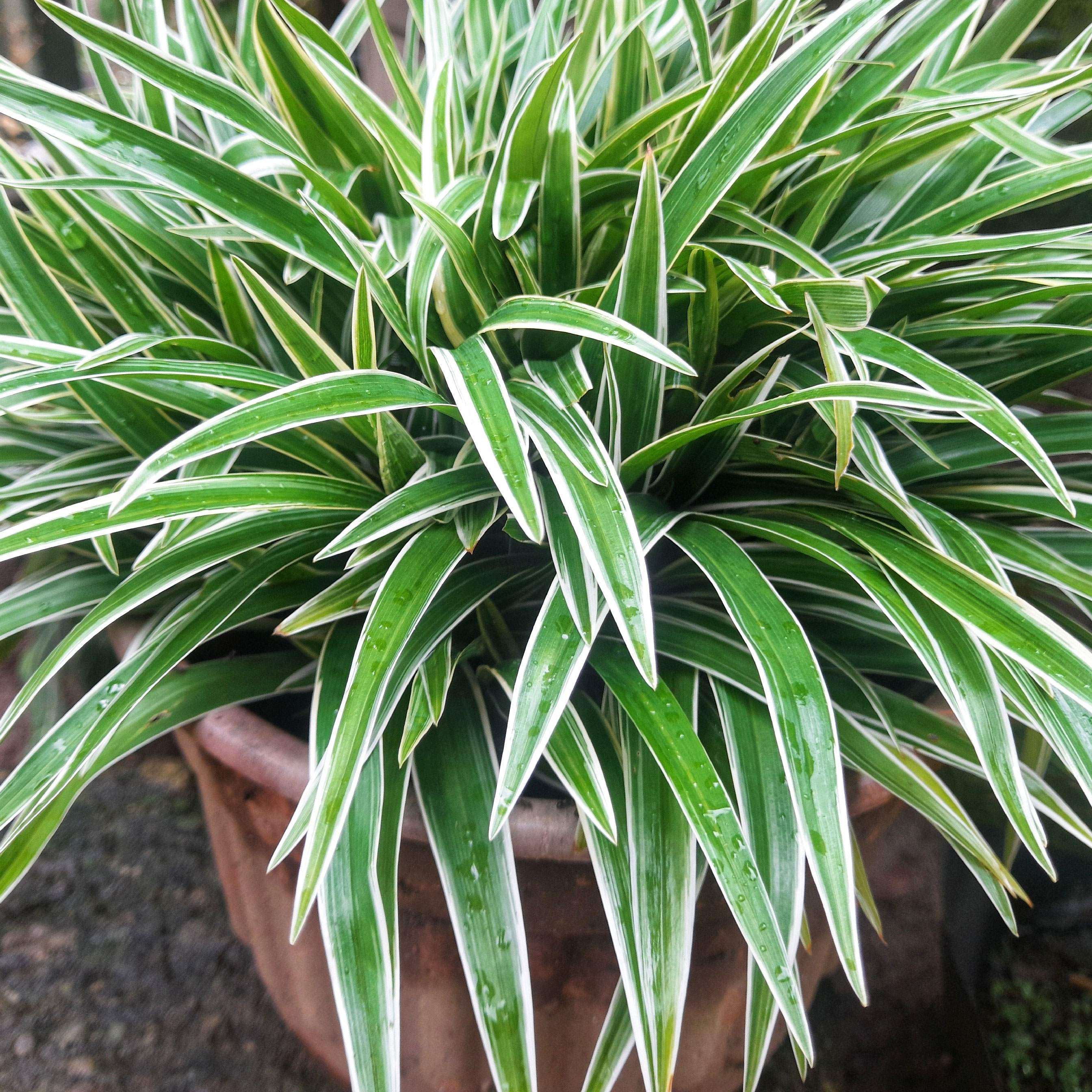Pershore Plum Trees – How To Care For A Pershore Plum In The Landscape

A plum tree is a great addition to a backyard orchard, providing shade and tasty fruit. Of the many cultivars to consider, Pershore plum trees stand out for the unique yellow color of their fruits. Pershore plums shine in the kitchen; they are transformed by cooking and baking and add great flavor to any recipe calling for plums.
About Growing Pershore Plums
If you have been looking for the right plum tree for your yard, the Pershore has a lot to offer. Pershore plums in gardens provide a nice, shade-giving fruit tree with spring flowers, and pretty, bright yellow fruits in the fall. There is also a purple Pershore variety, but the yellow cultivar is the original Pershore, dating back to 1800s England. Also known as the yellow egg plum, yellow Pershore plums are not fruits that should be eaten fresh, which is an important consideration for the home gardener. But, if you want a plum that is great for baking, canning, making jam, or even stewing, this is a great choice. While the flavor of the fresh plum is mostly acidic, when cooked, the fruit transforms and produces a sweet, delicious taste.
Pershore Plum Tree Care
Before planting your new Pershore plum tree, find the best spot. The tree will need six to eight hours of sunlight and soil that drains well and that is fertile. Amend the soil if necessary to ensure it will drain and is rich enough. Pershore is self-pollinating. You won’t need another plum nearby to set fruit, but consider planting another variety for fresh eating and a greater yield on both trees. Fertilize in the spring for the first couple of seasons and water regularly during the first growing season. Later, water the tree only when rainfall falls below an inch (2.5 cm.) per week. Prune your tree each year to maintain a good shape and healthy branches. Once established, care for a Pershore plum tree is not demanding. It has good resistance to two major diseases of plum trees: silverleaf and canker. Keep your tree healthy and it will reward you with an abundance of fruit for years.
Gardening tips, videos, info and more delivered right to your inbox!
Sign up for the Gardening Know How newsletter today and receive a free copy of our e-book "How to Grow Delicious Tomatoes".

Mary Ellen Ellis has been gardening for over 20 years. With degrees in Chemistry and Biology, Mary Ellen's specialties are flowers, native plants, and herbs.
-
 Want To Know How To Make A Spider Plant Bushier? 4 Secrets For Lush & Bushy Spiders
Want To Know How To Make A Spider Plant Bushier? 4 Secrets For Lush & Bushy SpidersAre you looking for ways to make your spider plant look bigger or more dramatic? Follow these quick and easy tips on how to make a spider plant bushier
By Teo Spengler
-
 What Is A Pollinator Garden? Grow Gorgeous Blooms While Benefiting Your Local Ecosystem
What Is A Pollinator Garden? Grow Gorgeous Blooms While Benefiting Your Local EcosystemPollinator gardens look great and also provide a diverse ecosystem that benefits your local pollinating insects and animals. Get started today with this guide!
By Bonnie L. Grant